Lychee planting area codes pave way for expanding exports
Outstanding productivity and quality
The Phuc Hoa early-ripening lychee area (Tan Yen district) is one of the areas granted the code for growing lychee for export to Japan. Currently, the lychees are turning red, and people have stopped spraying pesticides since April 30. The trees are full of fruits, ready for harvest. Especially people here use biological pesticides made from chili, vinegar, garlic... to prevent and control pests, so the product ensures food safety and hygiene.
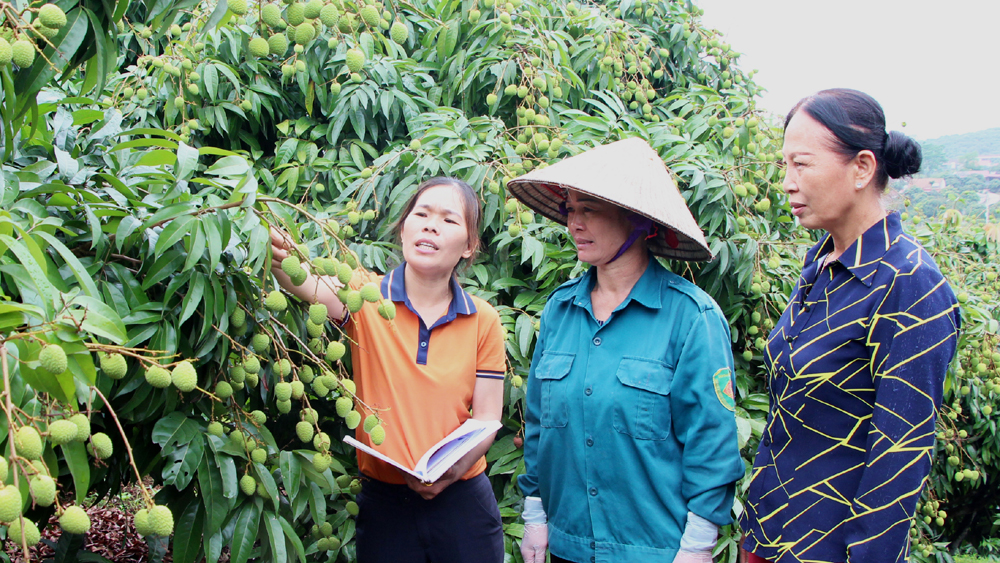 |
|
An agricultural extension officer in Phuc Hoa commune (first, left) instructs people to take care of lychee for export to Japan. |
Nguyen My Le in Quat Du 2 village, Phuc Hoa commune said “This year is the second crop I have planted lychee for export to the Japanese market. The stages from caring to harvesting have been meticulously guided by the agricultural extension staff. It takes more efforts, but in return fruit quality is better for higher prices”.
Similarly, more than 600 hectares of Tan Yen lychee exported to China are also of good quality and some are being harvested. The selling price of early-ripening lychee initially ranges from 30,000-35,000 VND (1.29-1.51 USD) per kg.
In Luc Ngan district, which has the largest lychee area in the province, mainly the main-crop lychee, the fruits are still small and the expected peak harvest time is from the end of June to the end of July. These lychee gardens are high-yielding and disease-free.
According to the provincial Department of Agriculture and Rural Development, out of a total of more than 28,300 hectares of lychee, over 16,000 hectares have been granted growing area codes for export to China, Japan, the US, Australia and the EU. The trees are growing and developing well in favorable weather conditions, with high flowering and fruiting rates. The application of GlobalGAP, VietGAP and organic lychee production processes has been promoted, resulting in higher product quality than previous years.
Preparing all conditions for lychee exports
Attaching importance to both domestic and export markets, Bac Giang has defined the care of lychee to meet consumer demand as the key to the success of lychee production. Therefore, right from the beginning of the crop, local specialized agencies have stayed proactive in forecasting pest and disease situation, and guiding the lychee care process...
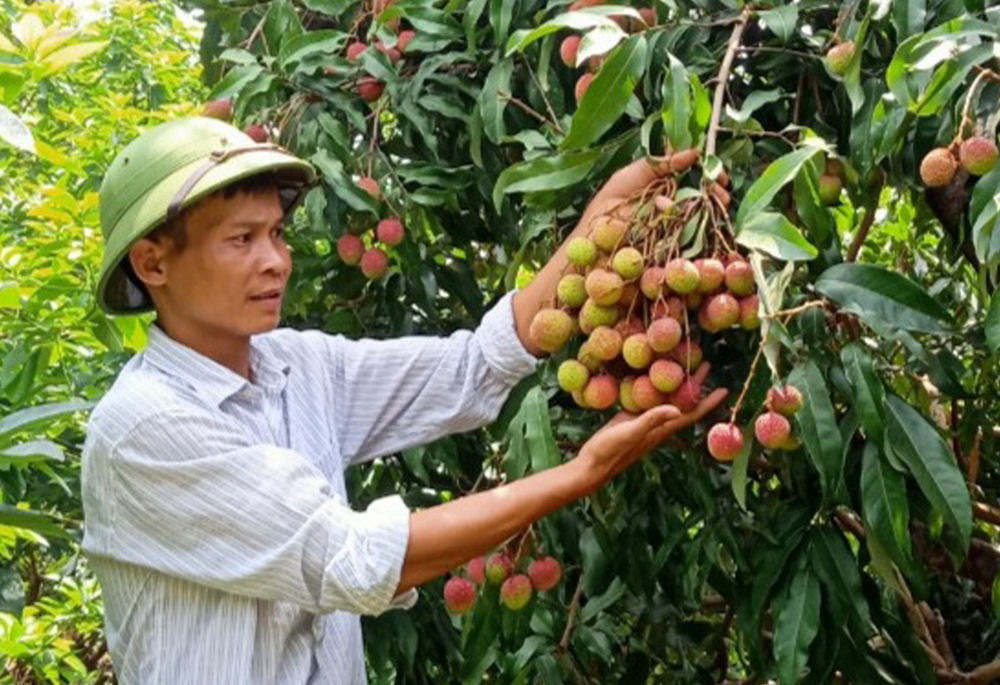 |
|
Duong Van Dau in Bao Son commune (Luc Nam) harvests early-ripening lychee. |
Japan, the US, and the EU are demanding markets, offering high technical barriers to imported agricultural products.
Therefore, in addition to focusing on caring to ensure quality, the provincial Department of Agriculture and Rural Development coordinated with the Department of Plant Protection under the Ministry of Agriculture and Rural Development to guide and inspect the conditions of the sterilization facility at the Global Food Import Export Joint Stock Company (Luc Ngan district).
The facility has so far prepared necessary conditions, meeting the requirements. At the same time, the Department of Agriculture and Rural Development has also required specialized units to monitor the care and use of chemicals and pesticides, and pest management to satisfy the regulations of the markets; strictly manage the trade and use of agricultural materials for lychee production in the locality.
Growers are advised to collect pesticide boxes after each crop and guided to actively prepare facilities, equipment, and tools for harvesting as well as conditions to welcome a Chinese Customs delegation to inspect the growing areas and packing facilities granted codes for export to this country.
 Bắc giang
Bắc giang







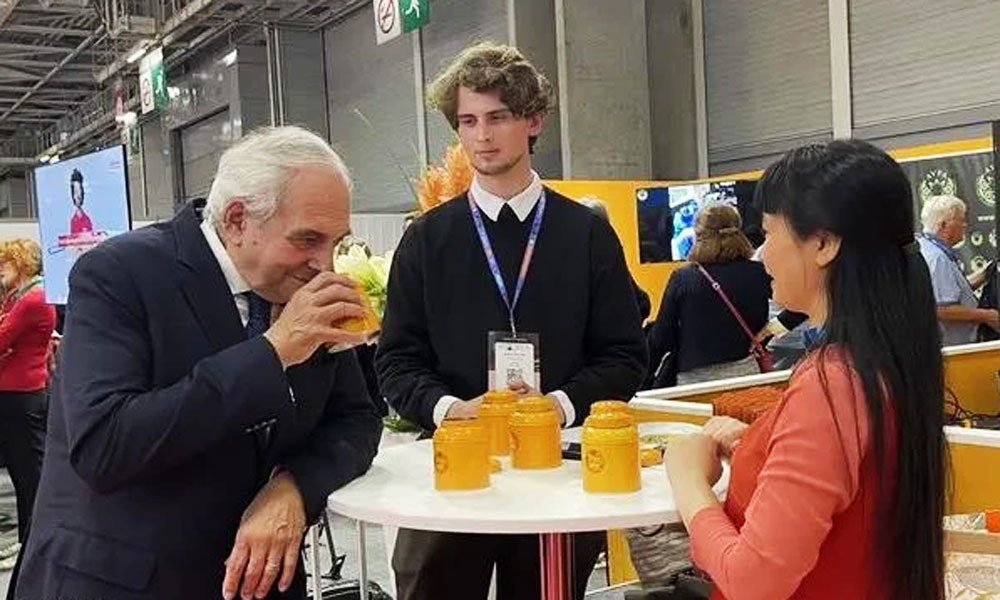
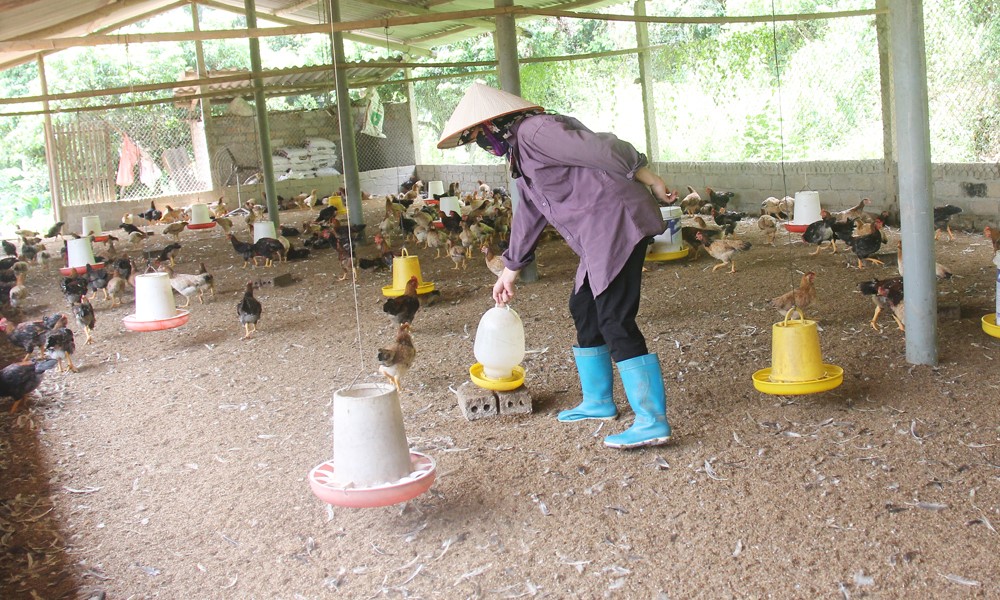


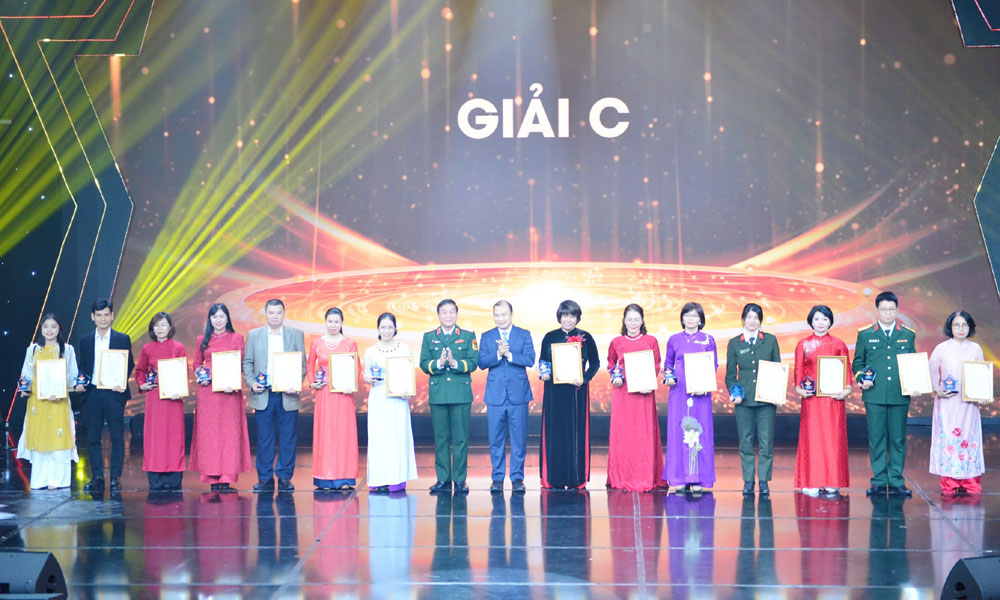


Reader's comments (0)